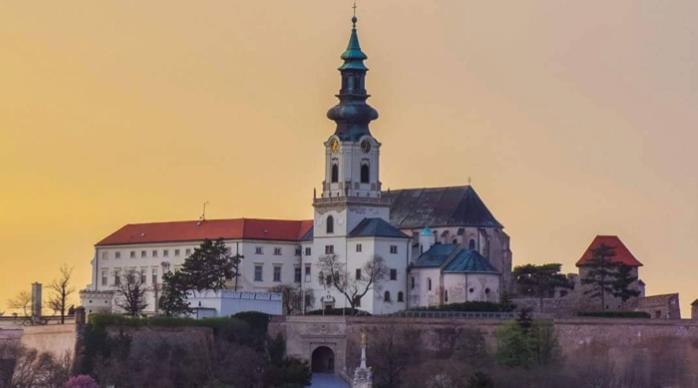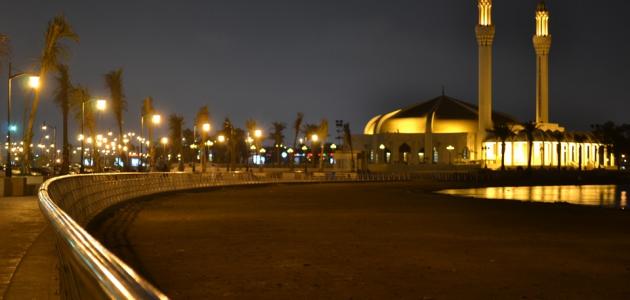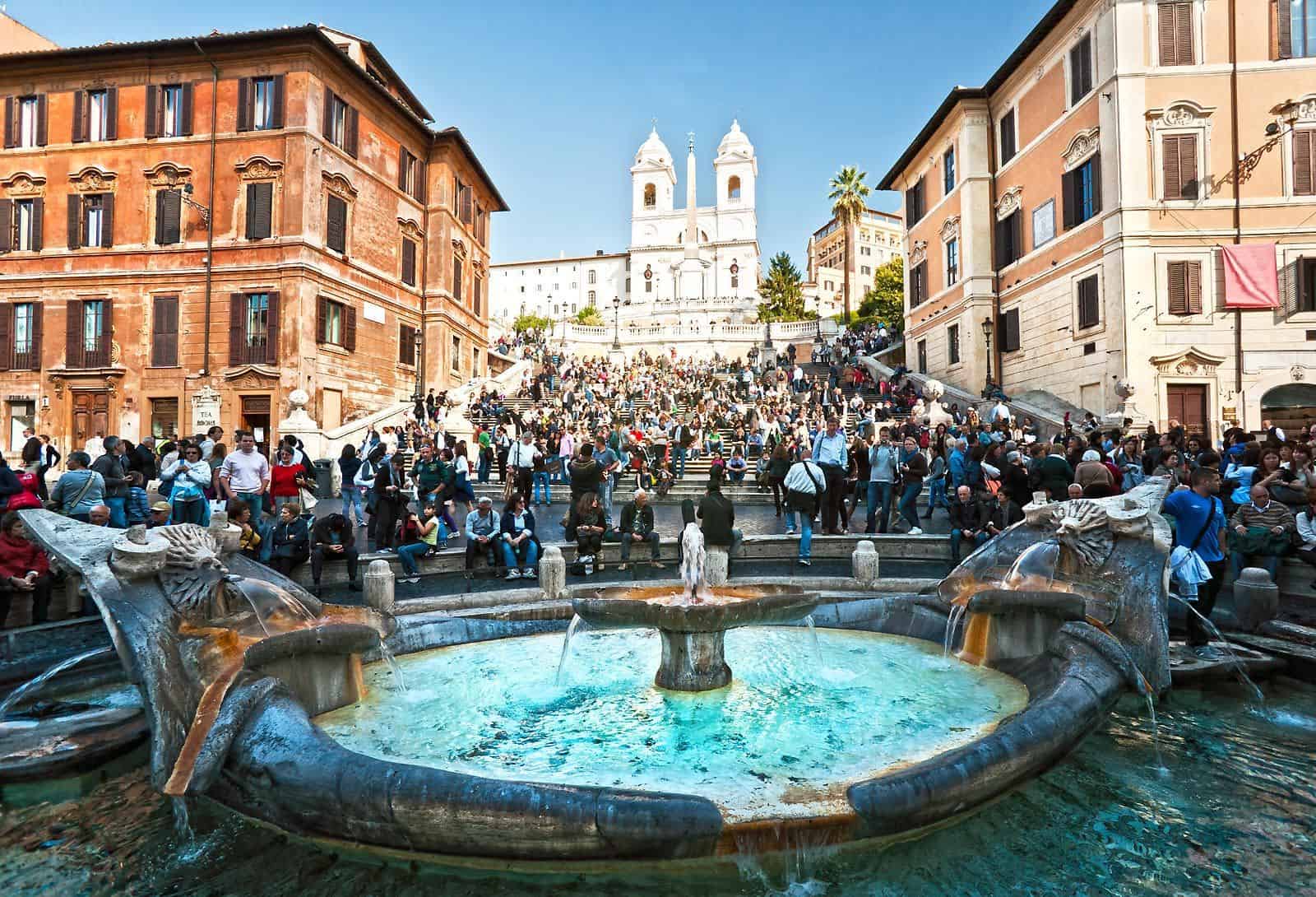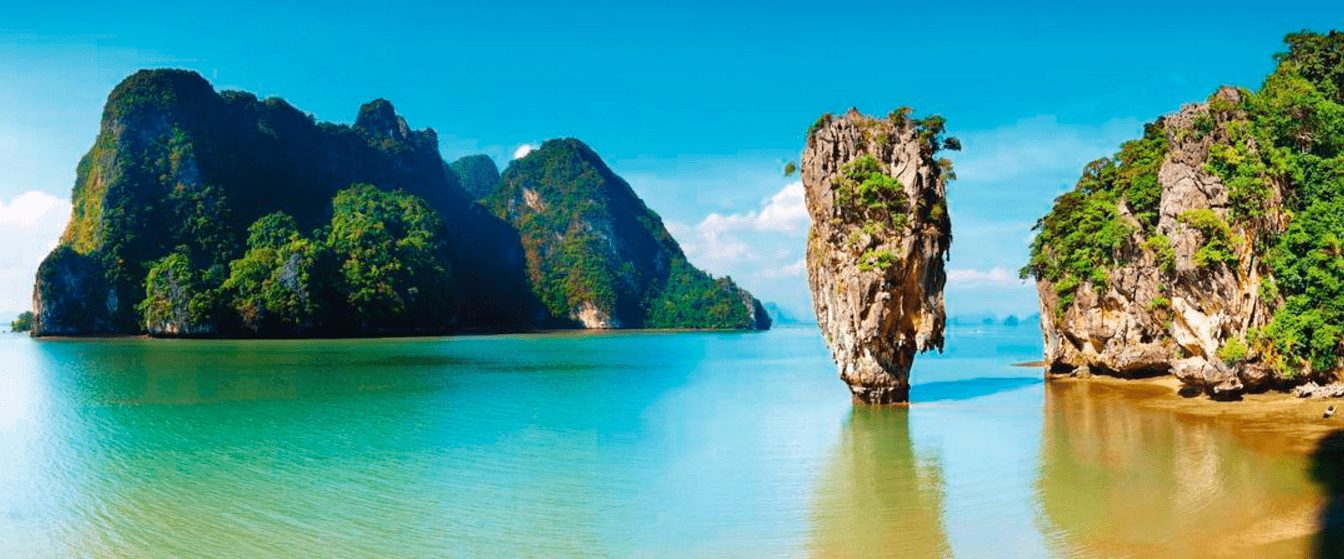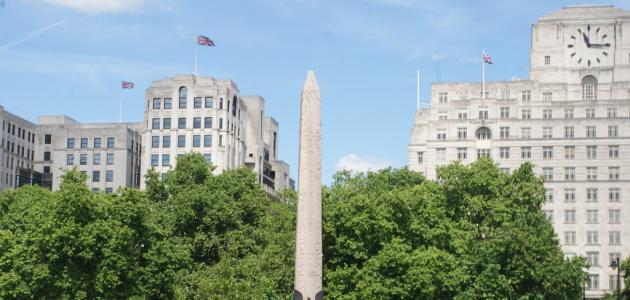Table of Contents
Lebanon
Lebanon or the Lebanese Republic is considered an Arab country located in the continent of Asia to the east of the Mediterranean Sea, bordered to the south by the occupied State of Palestine, and from the north and east side bordered by the Syrian Republic, and occupies a geographical area estimated at 10452 km², and its capital is the city of Beirut, and the population of Lebanon According to statistics in 2020 about 6,081,595 people, the vast majority of Arabs are 95%, in addition to Armenians by 4%, and some other nationalities by 1%.
Administrative and topographic division in Lebanon
The Lebanese Republic is divided administratively into 6 governorates, namely: Beirut, the South, Mount Lebanon, the North, the Bekaa, and Nabatiyeh, and this division continued into the year 2003 AD, where two new governorates were added: Baalbek Hermel and Akkar. As for topography, Lebanon is divided into 4 regions Major stretches from north to south, and these areas are:
- A narrow, flat coastal strip along the Mediterranean Sea.
- The middle mountain range of Lebanon, with a height of about a thousand meters above sea level, in addition to a high mountain range in the northern part of Lebanon at Qurnat al-Aswadah, with a height of about 3078 meters above the sea level.
- The fertile Bekaa Valley, with a height of about 900 meters above sea level.
- The eastern Lebanon mountain range extending over the eastern borders with the Syrian Arab Republic, and reaches a height of about 2800 m.
Climate in Lebanon
The Lebanese Republic has a typical average climate, as the country’s geographical location affects the diversity of its climate from one region to another and from one chapter to another; it is under the influence of the Mediterranean, and the Syrian desert from the northern side, in addition to the topography and topographical features of the region, as a result of which rainy weather prevails within months Winter: November, May, May, and May, and during the rest of the year dry and arid climates prevail. The annual average temperature in the coastal region reaches about 20 ° C, and temperatures range between 13 ° during the winter and 27 ° during the summer. Reduced degrees Rara is heading towards the Bekaa Valley, bringing the average annual temperature to 16 °, and the temperature ranges between 5 ° in the winter and 26 ° in the summer, while in the high and mountainous areas, the annual average temperature is 10 °, and the temperature in it ranges between 0 ° during the winter And 18 ° during the summer. The average annual precipitation in Lebanon is 823 mm.
Natural appearances in Lebanon
Although Lebanon is a relatively small country, it is famous for its amazing biological diversity, such as the spread of appearances and landscapes that were formed due to the topography of the earth, climate diversity from one region to another, in addition to the presence of waterways in the depressions, and the landscapes in Lebanon represent one of the most important factors attracting Tourists and visitors to it, the most important of which are:
- Mountain peaks: Including Mount Qurna Al Aswadah, Jabal Sannine, Jabal Al Barouk, and Mount Hermon.
- Spacious agricultural plains: Including the plain of Akkar, the plain of the Bekaa, and the plain of Koura.
- Big and deep valleys: Including Wadi Abu Musa, Wadi Ibrahim, Wadi Qadisha, and the Litani Valley.
- Smaller valleys: Including Wadi al-Kalb, Al-Jawz, Bousri, Barouk, Beirut, Al-Asi, Al-Hasbani and Al-Awali, where these valleys are known for their beauty and scenic views.
- Featured coastal sites: These include Ras al-Shuqa, Al-Mamaleh in its nose, Al-Ramla Al-Bayda, Al-Rawsha Rocks, Damour Plain, Estuary of the Litani River, Al-Bayadah Cliffs, Tire Al-Ramly Beach, and Al-Naqoura.
- Forests: These include cedar forests, such as the Gaj forest, Tannourine, Sir, Valuga, Chouf, Barouk, Bsharri, Laqlouq, and spacious pine forests in the districts of El Matn, Keserwan, Baabda, Jazzin, and Chouf, in addition to the large forested areas in the north.
- Small valleys and plains: Including Al-Safa, Kafr Al-Balda, and Al-Qamoua.
Lebanon’s tourism sector
Every year, Lebanon means a large number of tourists and visitors. The Republic provides its visitors with many tourism fields that suit their desires and needs. Among these are the following:
- Health tourism: The health tourism sector is of great importance in the Lebanese tourism movement, and in supporting the national economy, as Lebanon includes many medical centers, hospitals, resorts, and medical centers specialized in health and cosmetic care. These complexes are managed by medical cadres at a high level of efficiency.
- Religious tourism: Lebanon is distinguished by the diversity of religious and belief beliefs, which attracts a group of tourists who are searching for places that are filled with faith, including: Christian and Islamic religious places such as mosques, churches and monasteries.
- Rural eco-tourism: Many tourists want to visit rural areas and villages far from the hustle and bustle of cities, in order to enjoy the fresh air and picturesque nature.
- Adventure Tourism: In the fall and spring seasons, there are frequent tourists wishing to do activities in nature, such as: cycling, walking in the nature, skydiving, exploring caves, rock climbing, skiing and other activities.
- Cultural tourism: Many visitors go to archaeological and cultural areas that include magnificent urban heritage, ancient historical monuments, museums, handicrafts and traditional industries.
- Conference and Exhibition Tourism: Lebanon plays an important role as a business center; it includes many exhibitions and advanced conference centers that are in line with international standards.
- Fashion Tourism: Lebanon enjoyed an advanced position in the field of fashion and fashion design and jewelry, and the Lebanese designers excelled in this, and they won wide international fame, and this is what attracts a group of tourists who are looking for the latest fashion, and get to know the taste of the Lebanese.
- Marine tourism: A large number of visitors to Lebanon go to the coastal areas and the picturesque beach that extends from the far north to the south, with the aim of enjoying the sea view and practicing marine activities such as swimming, fishing, and exploring the depths of the sea.
- Lebanese cuisine tourism: The Lebanese cuisine is distinguished by the diversity of foods and the many varieties and their delicacy, as it reflects a deep heritage inspired by the surrounding local environment, which attracts many visitors to try this kitchen and eat delicious food.
- Education Tourism: Many visitors to Lebanon visit educational institutions, leading private universities, and advanced educational institutes, with the aim of registering with them or exploring their facilities and seeing their accomplishments.
Video Lebanon, the country of gold
Did you know that the inhabitants of the “country of rice” live above gold? What else does Lebanon hide? :

